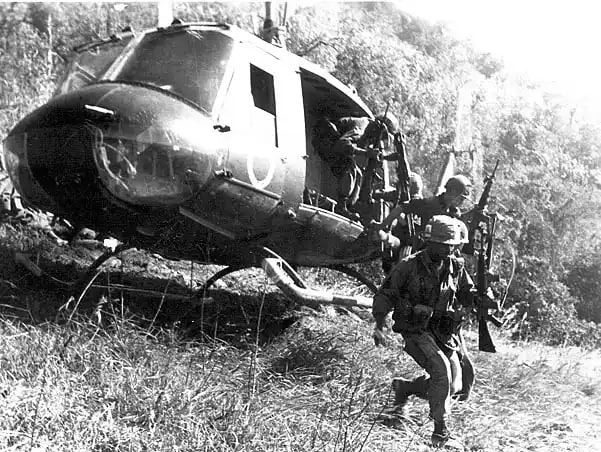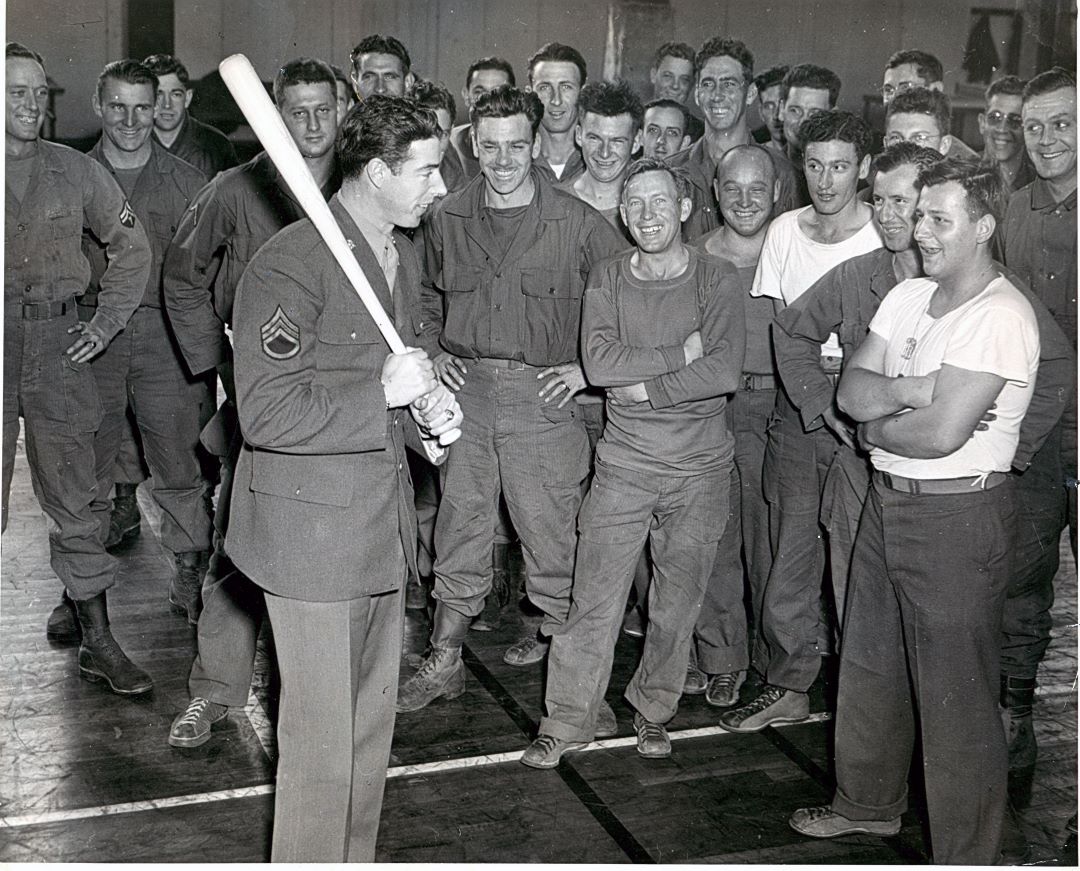UH-1 IROQUOIS “HUEY” HELICOPTER - END OF THE VIETNAM WAR 50TH ANNIVERSARY COMMEMORATION
The Vietnam War’s most iconic helicopter, the UH-1 Iroquois “Huey” was a ubiquitous transport and gunship which came to represent the conflict in the public’s imagination.
#Armyhistory
The Vietnam War’s most iconic helicopter, the UH-1 Iroquois “Huey” was a ubiquitous transport and gunship which came to represent the conflict in the public’s imagination.
#Armyhistory

First introduced in the 1950s, the U.S. Army soon adopted the UH-1 helicopter for use in a variety of roles. Its original designation was "HU" for "helicopter, utility" (hence the sobriquet "HUey"), which was later changed to "UH" for "utility helicopter."
#USArmy @USArmy
#USArmy @USArmy
The UH-1 and its variants were the backbone of the Army’s new airmobile doctrine and performed a variety of roles. These included close air support gunships, assault aircraft for infantrymen, basic transport functions, and "air ambulances" for medical evacuation.
@TRADOC
@TRADOC

The Army began replacing the Huey with the UH-60 Blackhawk in the 1980s. Except for those retained at the Aviation School and in a few Army National Guard aviation units, most UH-1s were retired from active service by 2005, and by 2016 were no longer in the inventory.
@SecArmy
@SecArmy

What are you HUEY memories?
For more info:
CMH Pub 90-4 - Airmobility, 1961-1971
history.army.mil/catalog/pubs/9…
#TRADOC #VietnamWar #Vietnam #AMEDD #Huey #UH1Huey #MEDEVAC #Vietnam50 #Airmobile #AirAssault #ArmyAviation #VietnamWarHistory #VietnamVeterans #MilitaryHistory
For more info:
CMH Pub 90-4 - Airmobility, 1961-1971
history.army.mil/catalog/pubs/9…
#TRADOC #VietnamWar #Vietnam #AMEDD #Huey #UH1Huey #MEDEVAC #Vietnam50 #Airmobile #AirAssault #ArmyAviation #VietnamWarHistory #VietnamVeterans #MilitaryHistory

• • •
Missing some Tweet in this thread? You can try to
force a refresh

 Read on Twitter
Read on Twitter



















